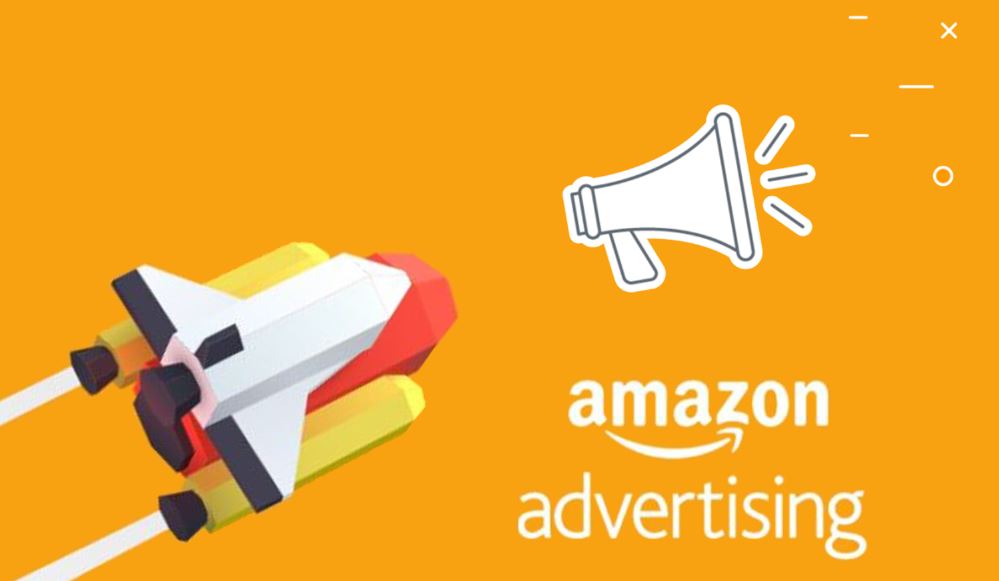3. Purifying the Gold
I’m going to digress briefly. But when I come back to the subject of targeting, you’ll see it in an even clearer light. Much will make sense that didn’t before. And the reason many of your ads fail will be clearer too.
In book one I discussed how there’s a war being fought between Amazon and the Big Five traditional publishers. It’s covert at the moment, unlike a few years ago. Back then, the US Government filed a suit against Apple and the Big Five publishers alleging they conspired to illegally raise and fix the price of ebooks sold via Amazon. The publishers settled, but Apple went to court. A big mistake, I guess, because they ended up having to pay $450 million.
Ouch. Settling and massive payouts hurt. And behind it all is the legacy model of publishing. Investors in that model don’t want it to die out and give way to the digital model as has happened in the music, newspaper and magazine worlds.
But the war never stopped. It’s just legal now, and underground. And as I said in book one, Amazon is silently winning it. Their tactics are listed there, so I’m not going to repeat them.
But one of those tactics bears directly on Amazon ads. I said earlier that people who buy traditionally published books tend to buy traditionally published books. The same applies to indie buyers. Likewise, paperbacks and ebooks.
People buy by habit. They’re invested in one way of doing things, or another. Neuroscience calls this “priors”. Of course, there’s crossover. But not a great deal. Look at the also-boughts for proof of this.
How does this impact Amazon ads? How does it influence targeting and conversions?
Like this. If you’re an indie and you target a popular author in your subgenre by either author name or book title, which are both generally advised things to do, your ebook ad will display on either ebooks or paperbacks, probably both, and entirely at Amazon’s discretion.
But buyers browsing Amazon’s Book Store (dominated by traditional publishers) mostly aren’t ebook buyers. If they were, they’d be browsing in the Kindle Store.
About half the impressions you get come from such a scenario, and are mostly wasted. You were never much chance of getting a sale. The same applies to the clicks, if you keep in mind my previous comments about expectations.
But Amazon are nevertheless happy to display your ebook ad on paperback titles.
Why?
Because they’re trying to tempt paperback buyers away from traditionally published books and into the Kindle Store, which is dominated by indies. When you advertise an ebook on a paperback, Amazon is using your money to promote the Kindle Store to paperback buyers and win further market share from the Big Five. The end goal is to destroy traditional publishing. At least, I think so.
It’s not a creative tactic. It’s employed in business all the time. By way of example, real estate agents use a variation of it frequently. Most home buyers are sourced from close proximity to the house for sale. Most buyers find houses they’re interested in via an actual for sale sign on a local road they use or by one of the internet databases. Yet real estate agents often talk clients into advertising in statewide newspapers. Sadly, these ads are not really to sell the home. The agents use the opportunity (and someone else’s money) to promote their brand to the widest audience possible.
Clever. Effective. But not very nice. Then again, no one ever said business was going to be a morning tea with pigs in a blanket and marzipan brownies.
Back to Amazon. Multiply the process of displaying ebook ads on paperback books over countless titles and a period of years, and the strategy is effective. But not for the individual advertiser. For them, it translates into lower click through and conversion rates.
Worse, the ads will produce the occasional paperback sale, which, because of their price (not profit) skewers ad metrics and makes the ACOS look much better than it is.
All this is why an ad can seem to work for a while and then falter. Amazon may have showed it against ebooks initially, then started padding out impressions on paperback books. This gets you hooked on ad performance in the beginning, and then you always live in hope that the higher conversion rate will return. While you live in hope, you keep funding that ad.
My strategy for dealing with all of this? I rarely target keywords by either author name or book title anymore. Not even other indie authors, although the situation is not as bad with them as with traditionally published authors. I target my Sponsored Product ads by selecting the product targeting option and then the individual products option, pasting in ASIN numbers of my target ebooks from a master list. This gets me off paperbacks and displays my ad solely on the relevant ebooks.
Finding highly relevant ASIN numbers, and copying and pasting them into a master list takes a lot of effort. But the results are worth it. This list is then ready to paste into new ads for new books when they’re released.
The strategy reduces impressions. But these were ineffective paperback impressions. My average click-through rate is now under 1 in 500. Generally, advisers are happy with 1 in 1000. And I have many keywords that produce 1 in 100. Conversions, being buys and borrows at a 1 to 2 ratio, come in at 1.3 in 10 clicks.
As always, don’t take my word for any of this. They’re only theories until you prove them to your own satisfaction. Try my way, and see if it doesn’t greatly improve CTR and conversion rate.
You can do the opposite experiment too. Start up an ad for an ebook and target it to paperbacks by using the method above, except flip the ASIN numbers for ISBN numbers. See what happens. For most of you, probably all of you, you’ll sell a majority of paperbacks and few ebooks. Your ACOS will look good on paper, but in a true comparison of expense to profit you’ll probably be making a loss. More importantly, those sales do nothing to boost organic sales of ebooks. It is, however, a way to increase your paperback sales. Just be sure that you’re breaking even by calculating your true ACOS.
I believe showing ebook ads on paperback books (which Amazon will do every minute of the day if you give them the chance) is one of the main reasons ads fail to be profitable. It’s also one of the main reasons for fluctuation of ad performance.
With normal targeting, you have no control over whether your ad is showing on a paperback or ebook edition of your target, but Amazon does.
No doubt they divide things to give you a portion of both, but that ratio is probably always changing in accordance to your ad’s performance. Better performing ads are likely get more ebook exposure – they want to keep Kindle Store customers happy by showing them what they’re more inclined to buy.
The exposure ratio is also going to be impacted by ad volume. For instance, at busy times of the year such as the lead up to Christmas when there’s much more advertising going on, Amazon probably shunt more and more ads over onto paperbacks. Those ads have to go somewhere, even if they’re less effective.




